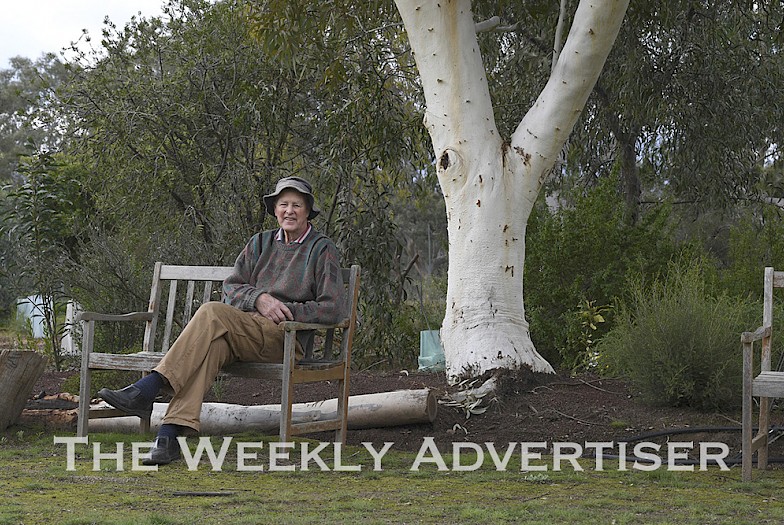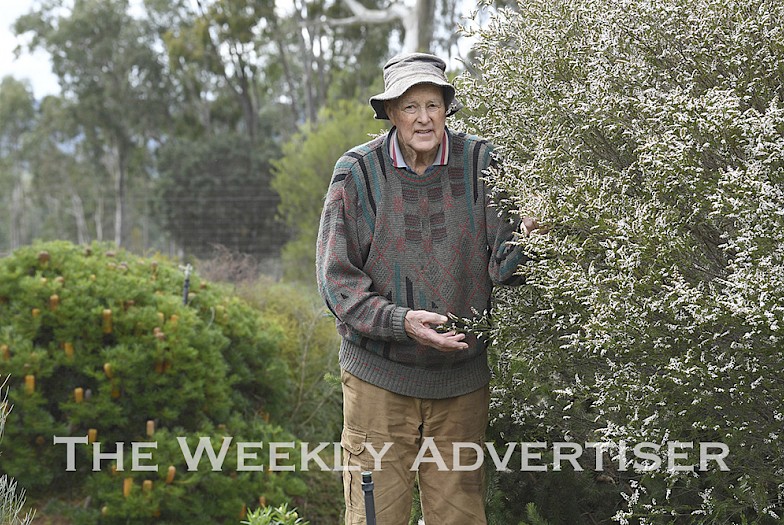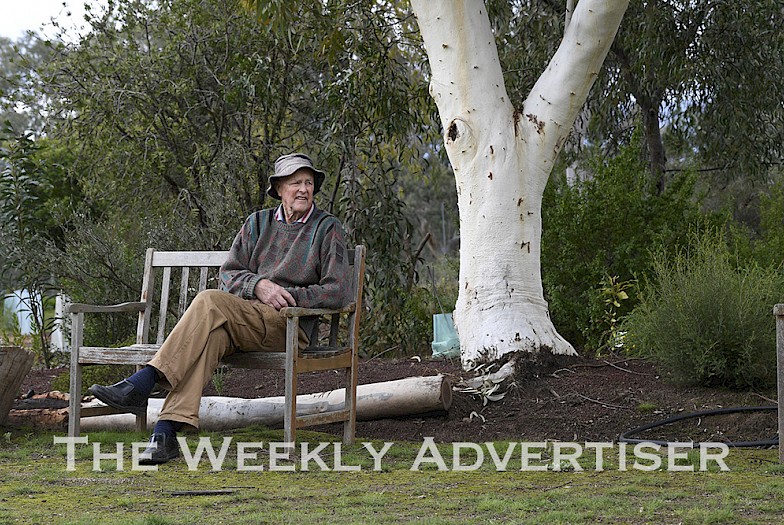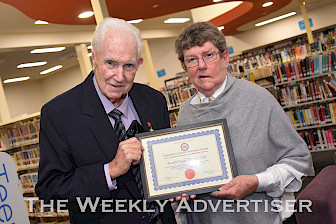The foundation, launched in 1990, aims to improve health care for Wimmera people by raising money through donations, fundraising and bequests to fund special projects within health care group campuses at Horsham and Dimboola.
The foundation has committed a minimum of $425,000 over four years towards Wimmera Cancer Centre at Wimmera Base Hospital.
Entry to the garden, at 2866 Northern Grampians Road, Wartook, on the way to Zumsteins, is $10 for adults and free for children.
Laharum Hall Committee will host a barbecue lunch and there will be plants for sale.
The venue is wheelchair accessible and plenty of seating will be available.
Work on Wartook Gardens, which started as an open paddock, began in 1975 after a house was built on the site.
Mr Raleigh said the garden started with a 100-metre square and about 600 plants the couple had brought from Melbourne.
“The aim of planting such a large garden was to be able to demonstrate that there are many beautiful plants that can be grown, that are not generally available to the public,” he said.
By the early 1980s, the Raleighs had extended the garden to cover five acres, containing thousands of native plants collected from across Australia, nurseries, friends and other avid gardeners.
“We also have a large exotic section with 150 roses, many irises, clematis, lots of daffodils, hyacinths, ranunculus and anemones. There are also many other plants that we have been able to fit in,” Mr Raleigh said.
“We both have understandably many favourites. We love the blues of the Dampieras, Lechenaultias and Hoveas. We love the perfume of the roses, the incredible colours of some of the hyacinths and other bulbs.
“We love the huge flowers on some of the clematis, and the diversity, form and colours of the many Hakeas.
“With a garden of this size and our passion for plants, maintenance takes many hours. By mulching the garden with scoria we are reducing the weed problem and conserving water at the same time.
“We look at the garden as our fitness centre – we do lots of walking, shovelling, digging and planting and it is our daily means of exercise.”
The Raleighs open the garden to the public by appointment, usually between September and December.
“We often have garden groups, plant groups and all sorts of bus groups visiting the garden,” Mr Raleigh said.
“This will be the fourth time that we have opened the garden for the Wimmera Health Care Group Friends of the Foundation.”
Mr Raleigh said both his and his wife’s parents were keen gardeners with large gardens.
“I joined the Australian Plant Society in the late 1960s, but my interest in native plants was stimulated by a trip to the Grampians in the spring of 1964. Yarram Gap was a wonderful wildflower garden in that year,” he said.
“Every year we do a lot of fire preparation by raking and cleaning up all garden beds of leaves, bark, sticks and weeds.
“We keep paddocks and nearby areas mown short and rotary hoe the plantations and other areas for firebreaks.
“February 2014 was the last and most worrying fire, as we lost all of our fences, two areas of the garden and all our paddocks were burnt. The fire brigade protected the house, but we had to leave.”
Mr Raleigh said he and his wife quickly discovered wet winters were a far more significant problem than long dry summers, provided they could water some plants and keep them going.
“We soon dug drains around each garden bed and dug down paths to ensure garden beds were well drained,” he said.
“Mulching with scoria helped to conserve water. Our hot summers meant that many garden bed edges became very hot and plants did not thrive or usually died.
“We now log the edges of garden beds to help keep the soil cooler in hot weather.
“We water the garden in dry times as this enables us to keep many plants growing that may otherwise die back in their natural conditions. By doing, so we often get a better display of flower in the following flower season.”
The Raleighs are growing many native plants rarely seen in gardens and have several plants that are considered rare in the wild.
Mr Raleigh said by propagating and introducing some of these plants to other gardens, the couple was ensuring they were preserved.
“Many members of the public are unaware of how beautiful some of our Australian plants are and we hope that we can show them a selection,” he said.
People can visit website whcg
foundation.org.au for more information about the foundation and its work.








